Felley Priory: The ultimate lesson in the value of planting hedges
Felley Priory enjoyed considerable fame a generation ago for its cohesive planting and plantsmanship, but its greatness continues with the present owners.
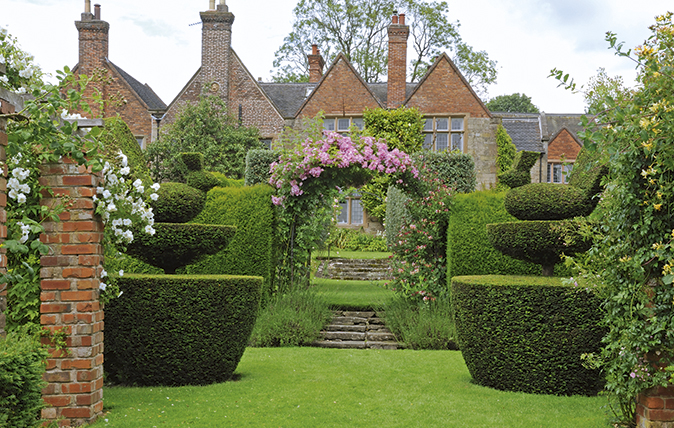

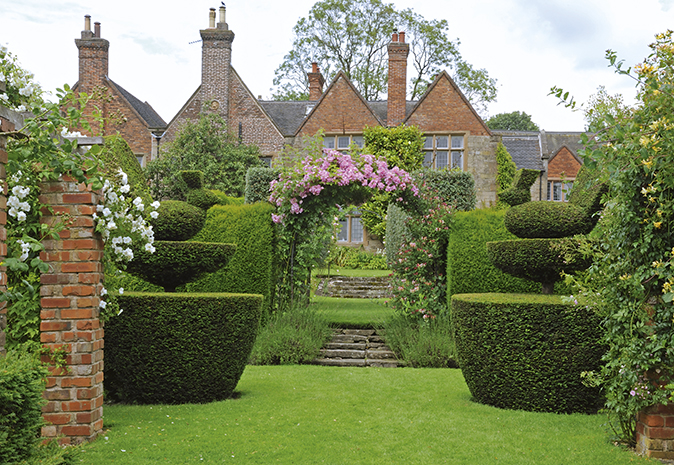
The garden at Felley Priory is the ultimate lesson in the value of planting structural hedges as soon you move into a new house. Now, more than 40 years since Bobby and Maria Chaworth-Musters first moved into their Nottinghamshire home, the garden, which wraps gently around the pretty, many-chimneyed, 16th-century house, delights as a richly layered space.
Its fine borders are embraced by perfectly clipped hedges of yew and box, which provide a breathtakingly beautiful rhythm to this 2½ acres of garden, nestling in idyllic rolling farm and woodland.
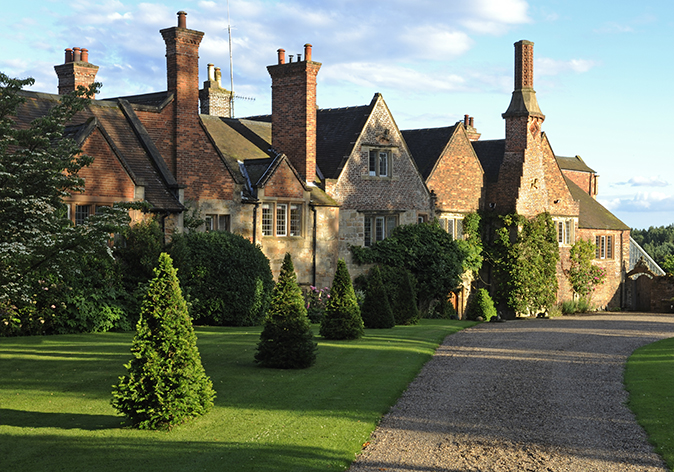
The transformation of this little-touched site (when the owners arrived in 1973, there was a single existing section of yew hedge, a high boundary wall and some pillars thought to be part of the original 12th-century priory) has ensured Mrs Chaworth-Musters a ‘place high up in the ranks of modest, untrained but gifted amateur garden makers who have made such a contribution to the creation of English country house gardens since the beginning of the 20th century,’ records George Plumptre in his recent book, The English Country House Garden.
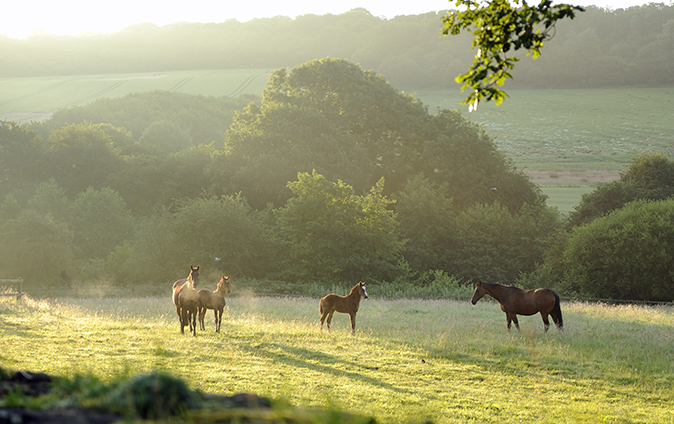
Mrs Chaworth-Musters set out her young hedge plants—as well as her ever-growing collection of exquisite specimen trees and shrubs—in the time-honoured way, using her children to stand in for incoming plants and move ‘two steps to the left’, recounts the current custodian, her stepson-in-law, Thomas Brudenell.
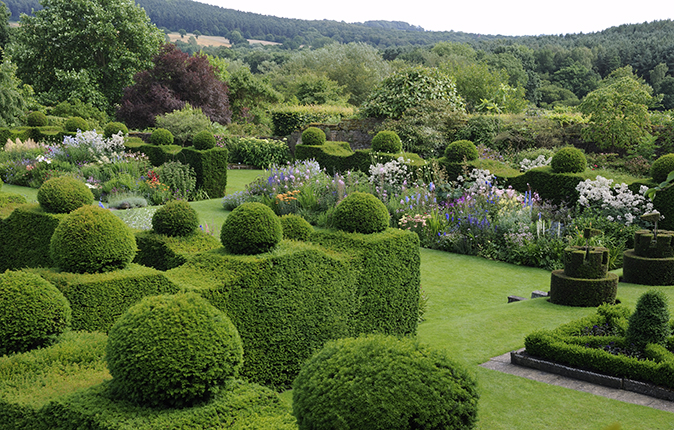
He tells me that his late father, Edmund Brudenell (of Deene Park Northamptonshire) wondered if the hedges were planted too close to the house.
‘I don’t think they are at all,’ he adds, going on fondly to show me a champion Californian tree poppy (Romneya coulteri) which is so happy in its sunny, west-facing position beside the conservatory that it ‘comes through the wall, into the drawing room’.
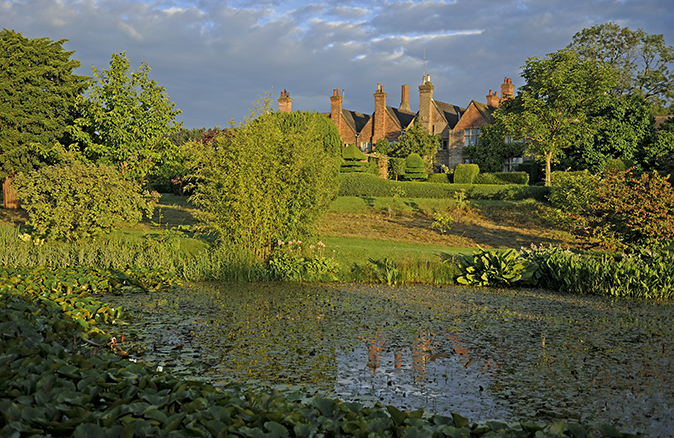
Certainly, the proximity and sheltering quality of the hedging give each part of the garden the nurtured and intimate feel that make it such a friendly place to visit and have surely enabled the garden to move on and develop so comfortably in the past few years, following the death of its inspiring creator in 2010.
Exquisite houses, the beauty of Nature, and how to get the most from your life, straight to your inbox.
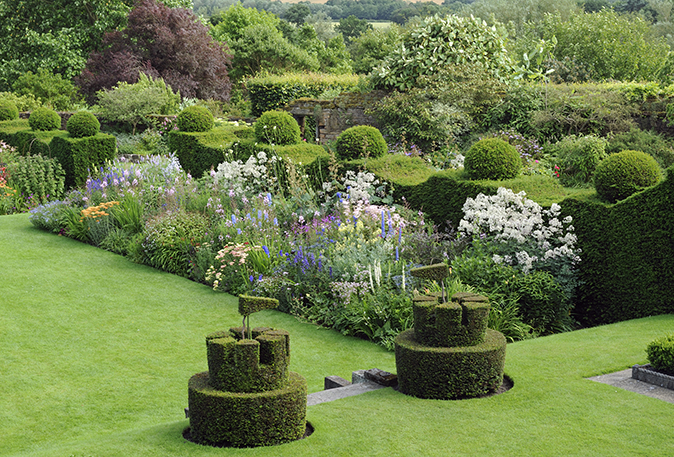
Of course, some things have barely needed to change. There is an exemplary timelessness to the way the house itself is clothed.
Perhaps the spring-flowering Rosa banksiae Lutea has been ‘allowed to extend more broadly’ over its south-facing back wall, explains head gardener Lindsey Ellis, but it’s pruned as immaculately as ever and makes a wonderfully sculptural padded frame to window and door.
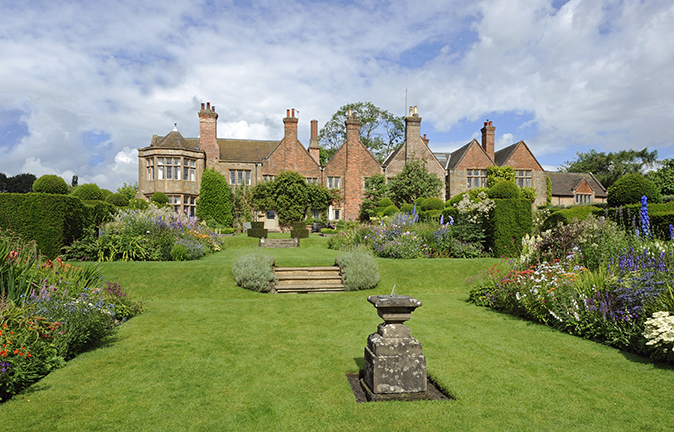
A bay tree is tightly clipped to form a double-storey buttress in one corner and there’s a cheerful, dancing row of the deep-pink Rosa John Clare (which flowers with the ‘remarkable continuity’ promised by David Austin) under the drawing-room window.
A gorgeous mauve-flowered Abutilon x suntense Jermyns has rocketed up to the eaves, breaking any idea that this is a garden frozen in an over-polite past.
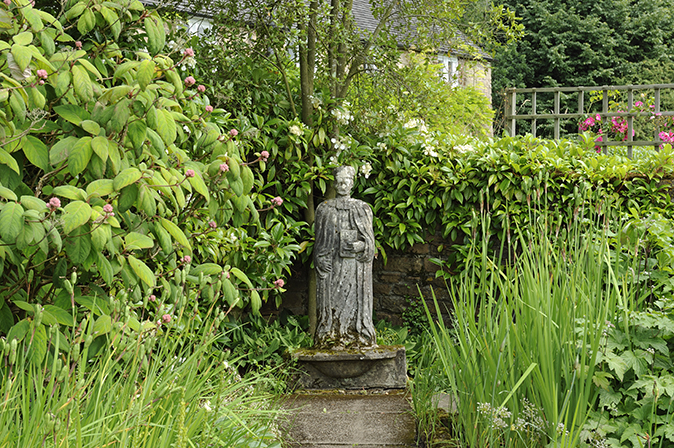
On the terrace, an old stone trough by the garden door filled with dianthus, tiny alliums and the delicate wiry-stemmed autumn snowflake (Acis autumnalis) deepens the sense that this remains a personal and much-loved garden.
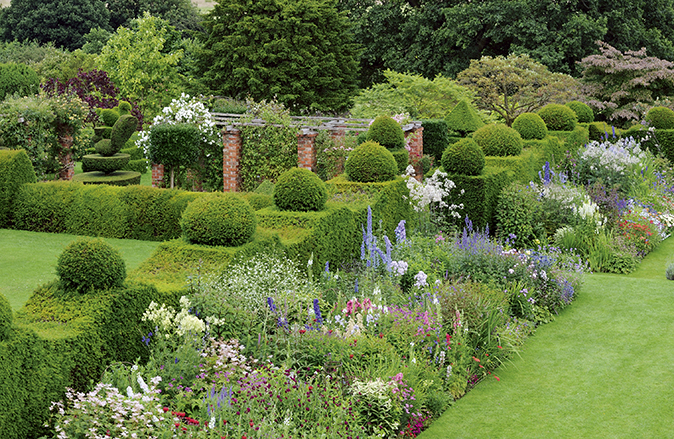
Elsewhere, radical change has been non-negotiable. The walled Rose Garden was described in June 1996 as the ‘cosiest and most intimate rose garden I know’ by Tony Venison.
It was the fragrant home to an enormous collection of roses, but had become overgrown and diseased, so, in 2011, it was cleared and the soil replaced to make room for new roses in the same, sheltered space of tennis-court dimensions.
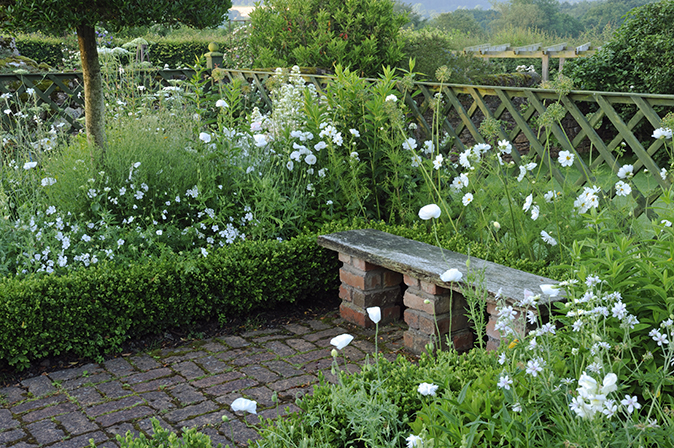
The new scheme is more disciplined. Roses are planted in groups of two or three for impact, but this area has the same romantic, highly scented, old-fashioned ideal. Voluptuous clouds of blue-and-white Viola cornuta have replaced lavender as an edging plant, a clever and long-lasting solution, and the eight weeks of hard graft-pruning and training in January and February are repaid when a dreamy-looking visitor emerges sighing: ‘It’s heaven in there.’
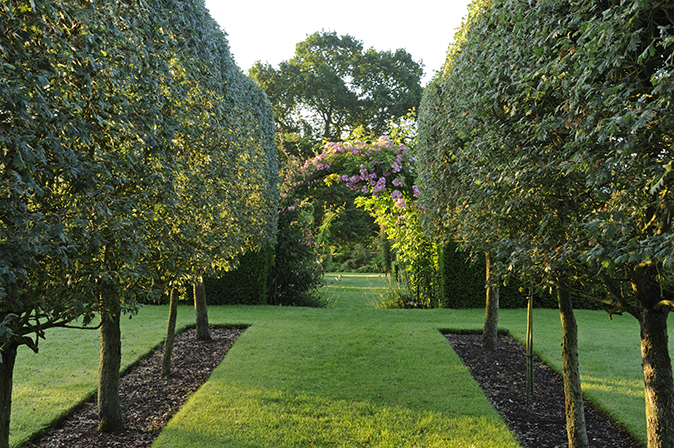
For the most part, however, the garden has evolved gently, guided by Miss Ellis’s passionate and thoughtful approach and her straightforward way of finding a happy route between ‘what Mrs Musters would have liked’ (‘more specimen-y things, properly labelled’) and the preference of Mr Brudenell and his wife, Amanda, for a fuller, more romantic atmosphere (‘we’ve underplanted things a lot more in the past few years’).
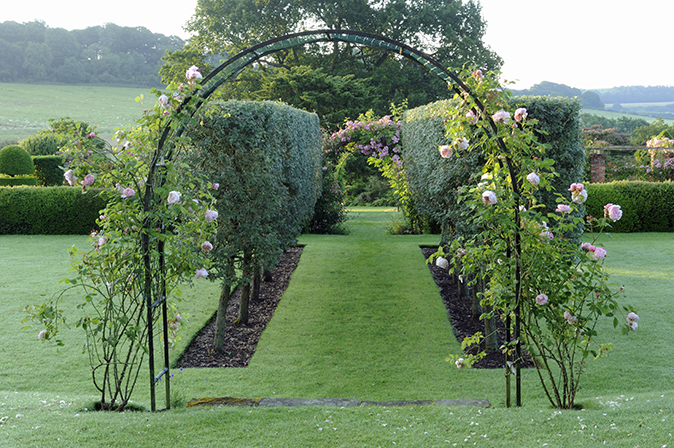
Miss Ellis has worked in the nursery and garden at Felley for more than 20 years and knew her former boss well: ‘Mrs Musters was brilliant. She would always be in the garden, every day, even at night time. You would come round the corner in the morning and find a pile of cuttings.’
In many parts of the garden, time has led to a naturally fuller, more mature feel. Just as the notoriously slow-to-get-going, evergreen climber Pileostegia viburnoides now coats the house walls gloriously with its dark leaves and panicles of cream flowers, so a mulberry tree planted in 1980 spreads out contentedly on the upper lawn.
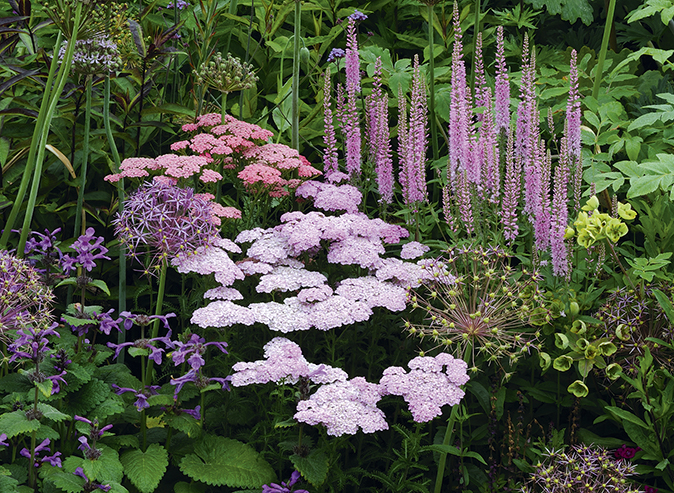
The Shrubbery, full of wonderful magnolias, sorbus and the exquisitely scented Heptacodium miconioides (time and again in this garden, you find yourself observing that Mrs Chaworth-Musters was a lady with a fantastic eye), is now being thinned out and extended, offering the chance to select new magnolias, parrotias and witch hazels, which will soon have the same ‘swingy’ mown paths as the existing Shrubbery and offer swathes of snowdrops, fritillaries and camassia for spring.
As I take in the rounded border against the low, moss-covered wall at the bottom of the garden, which bulges with mature tree peonies, hellebores, hostas and pulmonaria, Miss Ellis gives me a whistle-stop tour of the seasons. The garden is open all year round and there’s always something to tempt visitors.
There are 60 varieties of snowdrop in this border alone; an upper orchard spectacularly underplanted with narcissus; a secluded bluebell wood over the rolling field beyond the garden; and a glamorous tulip border in which a velvety mix of purple tulips (Arabian Mystery, Negrita, Caravelle and Cum Laude) are grown among the vivid greens of Euphorbias polychroma and cornigera.
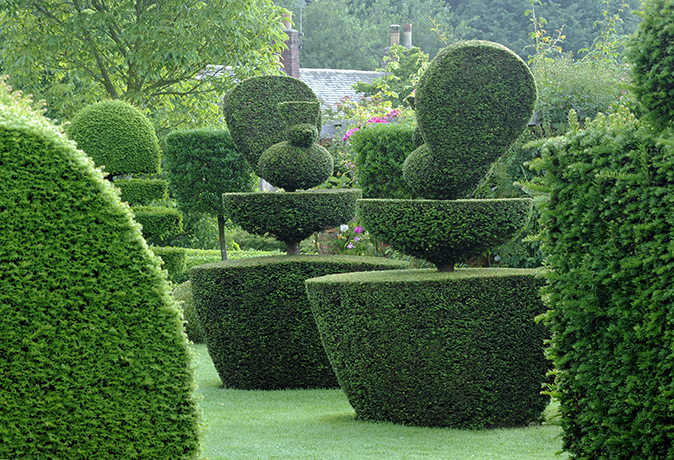
There is a small, trellis-fenced White Garden, for which planting lists are regularly requested, and a surprise Purple Border, embraced in a sofa-like frame of yew, home to a shifting celebration of alliums and choice plants such as Lunaria annua Chedglow, with chocolate leaves and lilac flowers.
And then there are the Double Borders themselves, always with the backdrop of velvety yew. Here, the colours are soft for most of the season—pink, white and blue ‘with a little bit of apricot because I’m a great fan of the way geums make other colours sing,’ explains Miss Ellis. Her current favourite is Geum Blood Orange, which has pale yellow-orange petals, fine red veining and deep red stems.
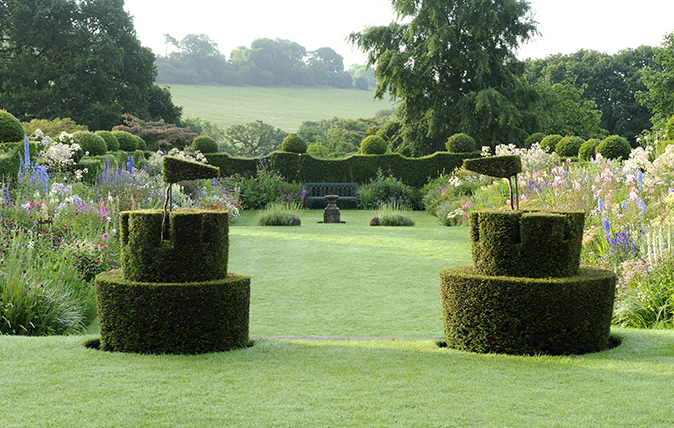
There are slate-blue and cobalt-blue delphiniums, which have been in the borders for decades, as has the rosebay willow herb—white on one side and a wonderful pale pink (‘we call it Italian Beauty’) on the other. It’s a brilliant mid-height plant for adding gently upright blocks of colour. There is a succession of airy umbellifers and covetable forms of certain plants such as Knautia macedonica Felley Seedling, which ‘doesn’t flop or succumb to mildew’.
If you’re lucky, pots of these will be available to buy in the Nursery alongside carefully nurtured forms of the bronze Digitalis ferruginea or Felley-propagated specimens of the opulent Hydrangea villosa, which adds such a settled feel to various parts of the garden.
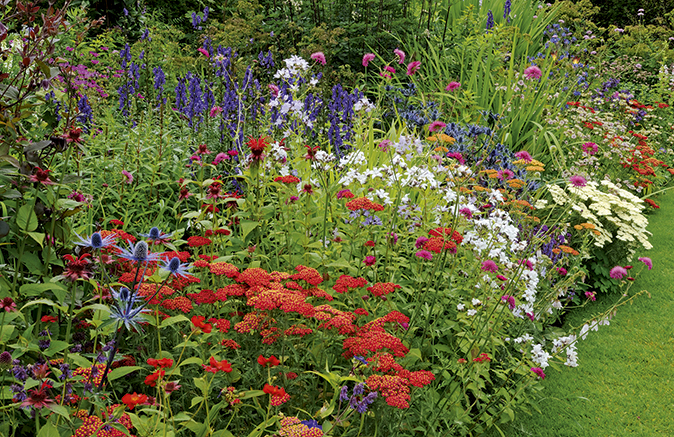
A jaunty pair of hand clipped yew castles stand on guard at the top of the Double Borders. To their east, an elegant avenue of stilted hawthorn (Crataegus tanecetifolium) is joined by an immaculately chiselled barrel-hedge of yew, a snaking hedge of box and further handsome pieces: peacocks, swans and cake stands.
The topiary cumulatively guarantees that the garden at Felley Priory will look as distinguished in the snow as it does at the height of summer. It’s an uplifting garden of enduring and year-round charm, which continues to be gardened carefully, knowledgeably and from the heart.
NEED TO KNOW
- Size Two and a half acres
- Altitude 500ft—‘we adjoin the highest point in Nottinghamshire’
- Climate Variable rainfall. Winters often cold with snow—‘it can get absolutely arctic’. Usually temperatures don’t fall below about –5ºC, but can be colder. Late frosts can be a problem especially for the magnolias
- Soil: Mostly excellent, neutral, well-nurtured soil. Composted bark used generously as mulch. Some pockets of clay
Felley Priory, Underwood, Nottinghamshire (01773 810230; www.felleypriory.co.uk). The garden, nursery and tearoom are open Tuesday to Friday, year round, from 9am to 4pm as well as the first and third Sunday of each month from February 1 until October 1. The annual NCCPG Rare Plant Fairs are held on the first Sundays in June and October.
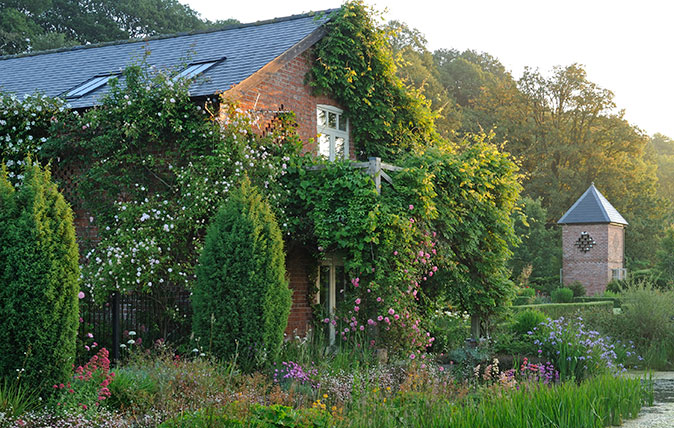
Rhodds Farm: From open space to stunning country garden in under 12 years
Richard and Cary Goode have carried off something almost miraculous at this lovely spot in Herefordshire – and they've done it
The Dragon Tree: Beautiful, exotic – and very easy to keep
The hopelessly exotic Dragon Tree was once revered as a god. Today, it's the perfect, easy-to-keep accompaniment to a conservatory,
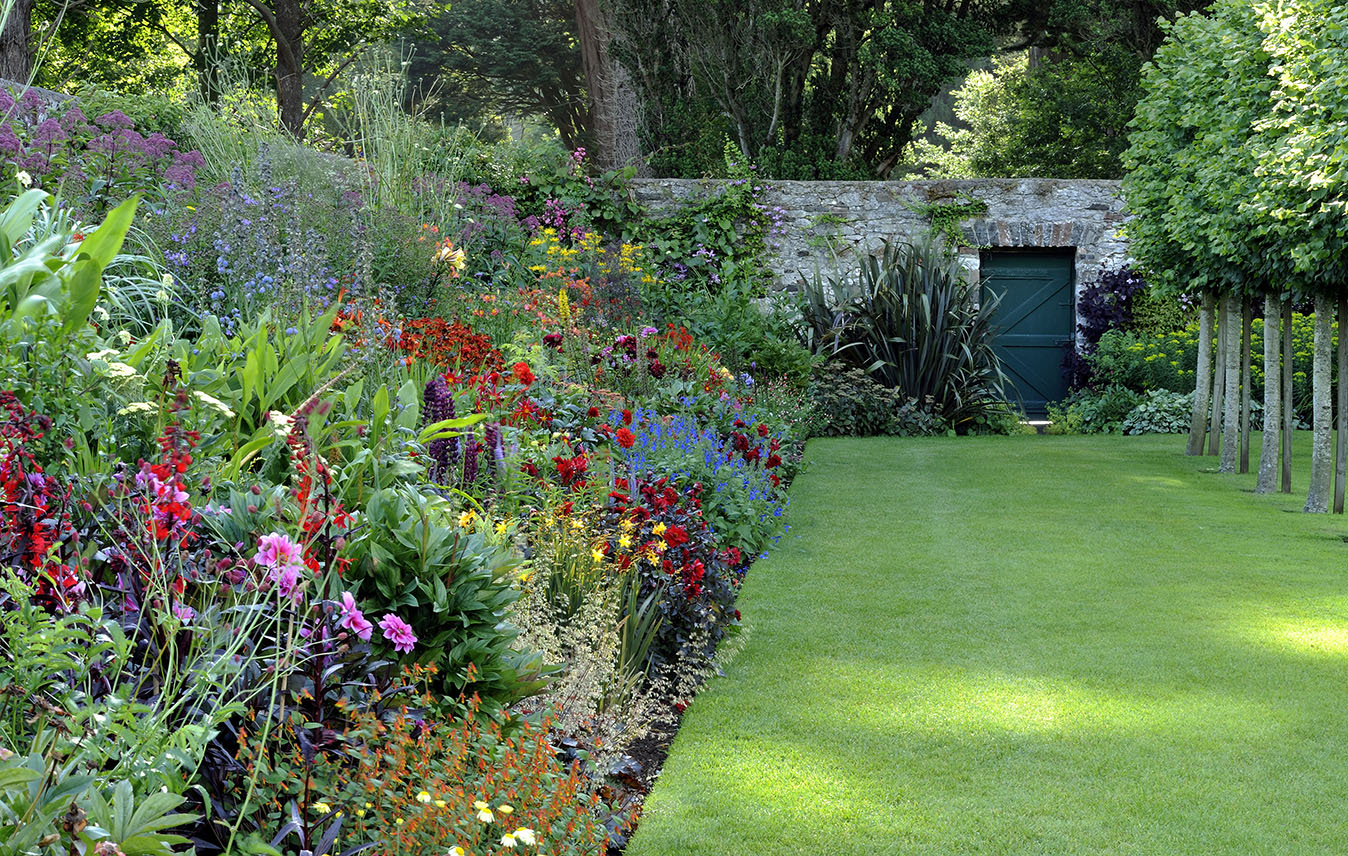
The walled garden at Glenarm Castle, full of surprising, exhilarating and fiery colours
Glenarm Castle's walled garden is a testament to the endless nurturing enthusiasm and creativity of those who care for it,
Country Life is unlike any other magazine: the only glossy weekly on the newsstand and the only magazine that has been guest-edited by His Majesty The King not once, but twice. It is a celebration of modern rural life and all its diverse joys and pleasures — that was first published in Queen Victoria's Diamond Jubilee year. Our eclectic mixture of witty and informative content — from the most up-to-date property news and commentary and a coveted glimpse inside some of the UK's best houses and gardens, to gardening, the arts and interior design, written by experts in their field — still cannot be found in print or online, anywhere else.
-
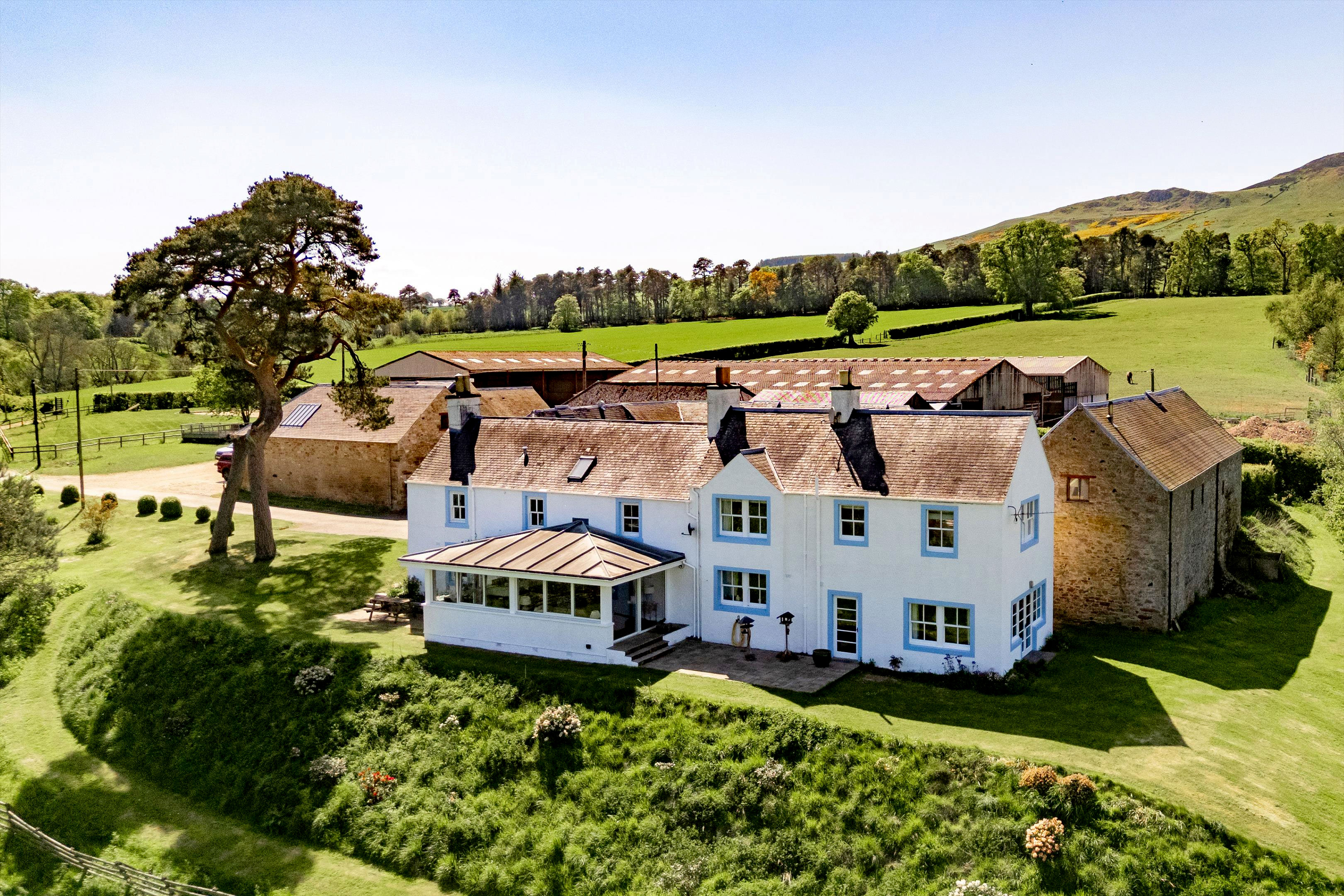 A beautiful old farmhouse in 15 acres of breathtaking Scottish scenery, for sale at just £825,000
A beautiful old farmhouse in 15 acres of breathtaking Scottish scenery, for sale at just £825,000A wonderful country home with almost 15 acres of land has come up for sale at a price which will make urban dwellers question their life choices.
-
 Remember, remember to take the Country Life Quiz of the Day, November 5, 2025
Remember, remember to take the Country Life Quiz of the Day, November 5, 2025It's a banger.
-
 'My family wore wool at a time when everyone else had cast it off in favour of manmade fabrics': The knitwear pioneer who is one of David Beckham's countryside champions
'My family wore wool at a time when everyone else had cast it off in favour of manmade fabrics': The knitwear pioneer who is one of David Beckham's countryside championsJulie Harding speaks to Rachel Carvell-Spedding the founder of British knitwear brand Navygrey, and one of David Beckham's countryside champions.
-
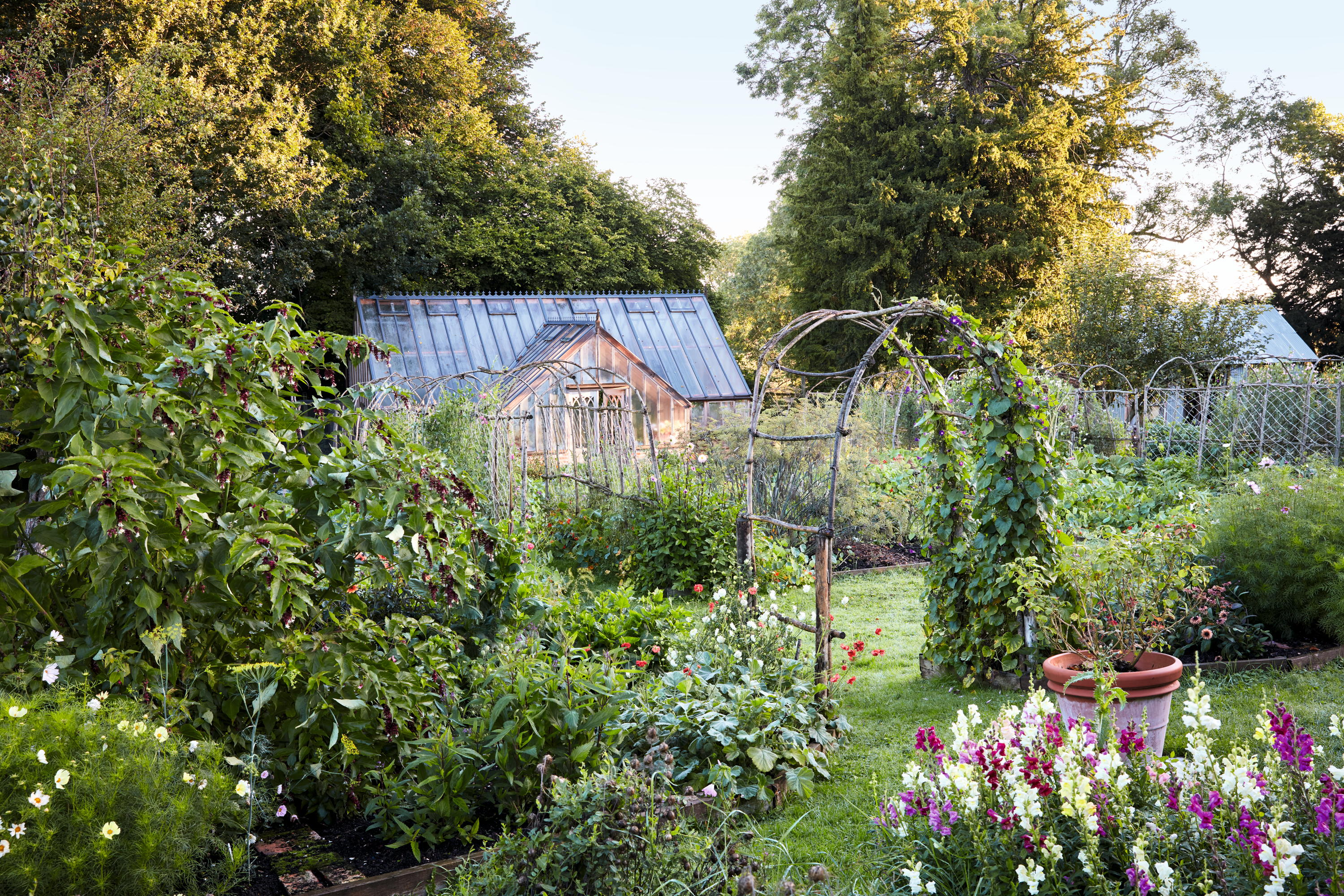 James Alexander-Sinclair: Making a new garden for someone is 'thrilling', but we need more sensitive and skilled gardeners to look after them
James Alexander-Sinclair: Making a new garden for someone is 'thrilling', but we need more sensitive and skilled gardeners to look after themPay your gardeners properly, says James Alexander-Sinclair as, without them, you will have no garden.
-
 'Seeing the work that people are doing all around the world has given me hope for the future': The young naturalist who is one of David Beckham's countryside champions
'Seeing the work that people are doing all around the world has given me hope for the future': The young naturalist who is one of David Beckham's countryside championsJulie Harding speaks to Ramandeep Nijjar, a young naturalist who has made an impact on the world even before finishing university, and one of David Beckham's countryside champions.
-
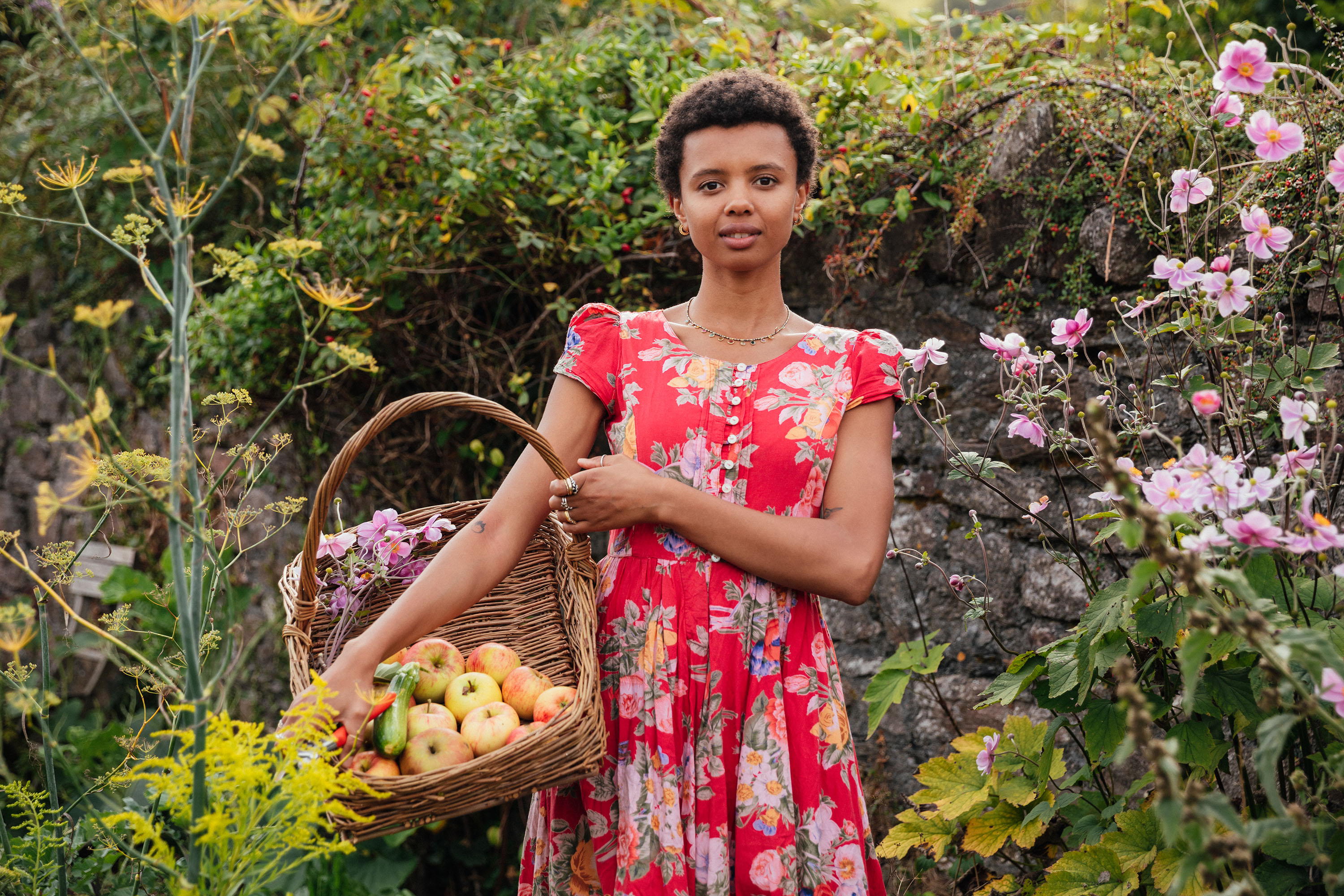 Poppy Okotcha, the model turned gardener who is one of David Beckham's countryside champions
Poppy Okotcha, the model turned gardener who is one of David Beckham's countryside championsPoppy Okotcha, the 29-year-old ecological community grower, garden content creator, author — and also one of David Beckham's countryside champions — speaks to Julie Harding.
-
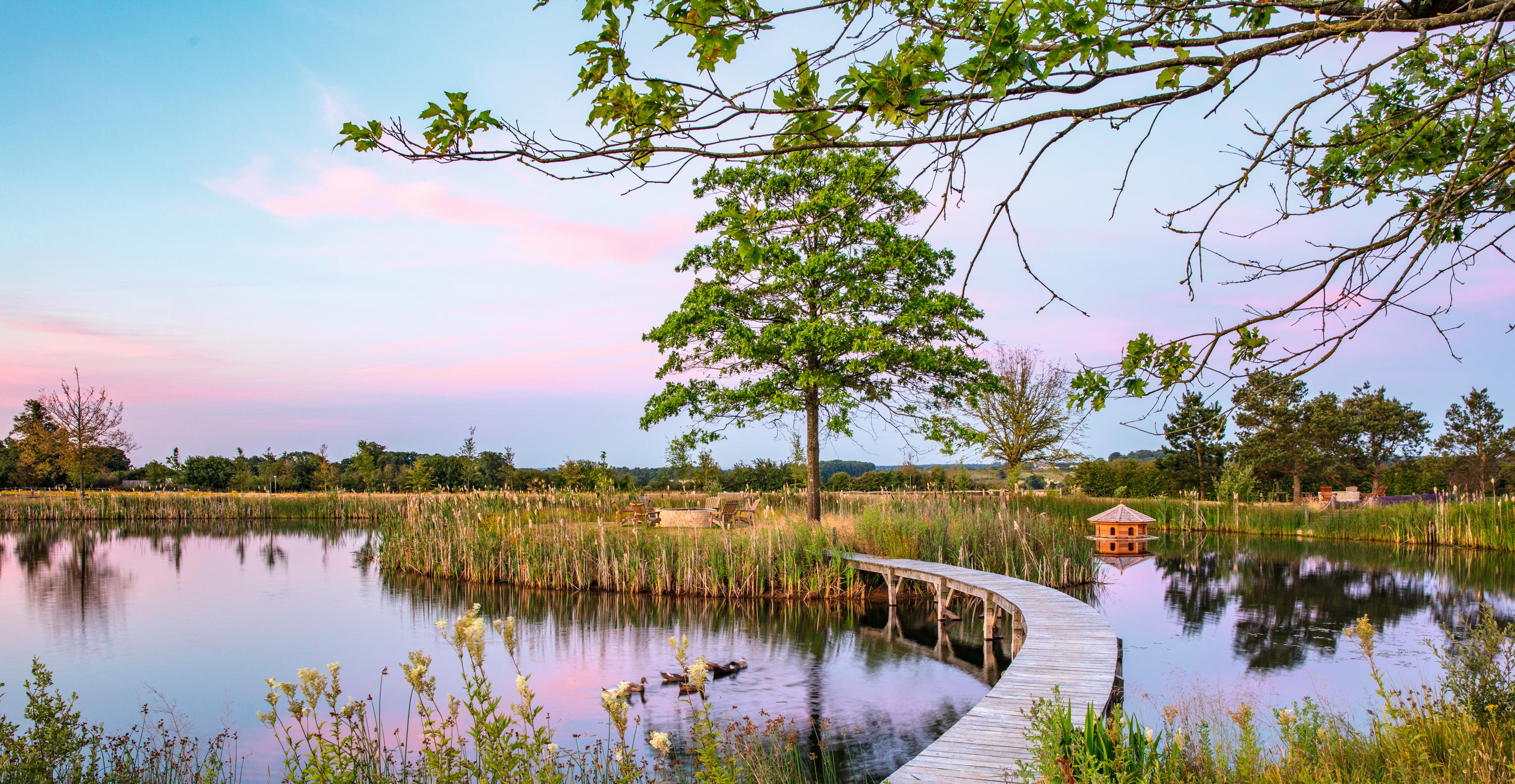 'I bought it without telling Victoria. She didn’t want another project... I sat her down, gave her a vodka and tonic and told her what I’d done': David Beckham tells Alan Titchmarsh about his Cotswolds home and garden
'I bought it without telling Victoria. She didn’t want another project... I sat her down, gave her a vodka and tonic and told her what I’d done': David Beckham tells Alan Titchmarsh about his Cotswolds home and gardenOn an open and windswept tract of land in Oxfordshire, where once stood some derelict barns and a lone maple tree, our guest editor Sir David Beckham has created a haven for his family and his honeybees. Photographs by Clive Nichols and Millie Pilkington.
-
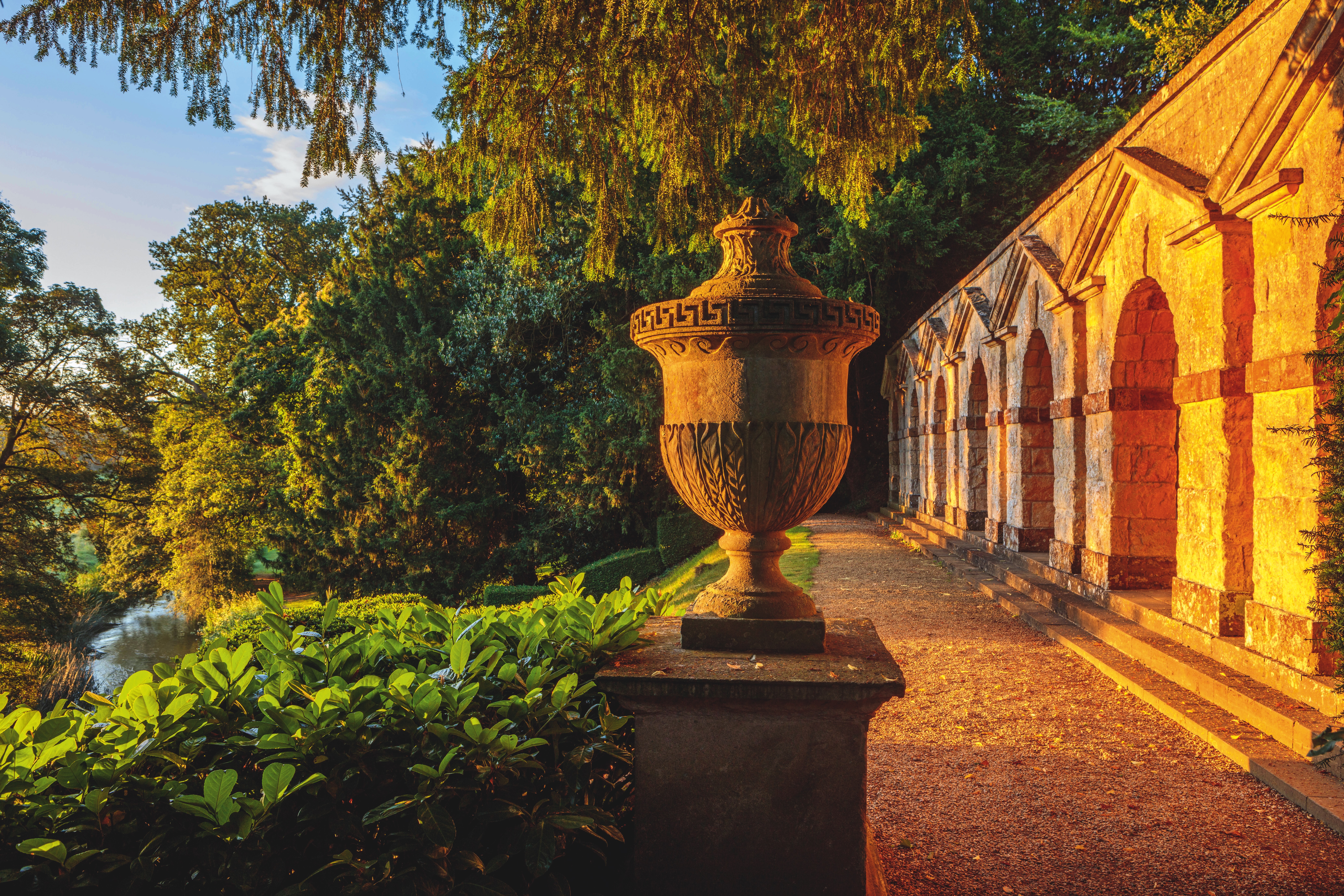 'One of the truly great gardens of the world' is at risk of having its vistas and tranquility blighted forever
'One of the truly great gardens of the world' is at risk of having its vistas and tranquility blighted foreverThe views from Rousham, the birthplace of the English landscape-garden movement, are at risk of development if plans for the nearby former RAF Upper Heyford Air Force base get the go-ahead.
-
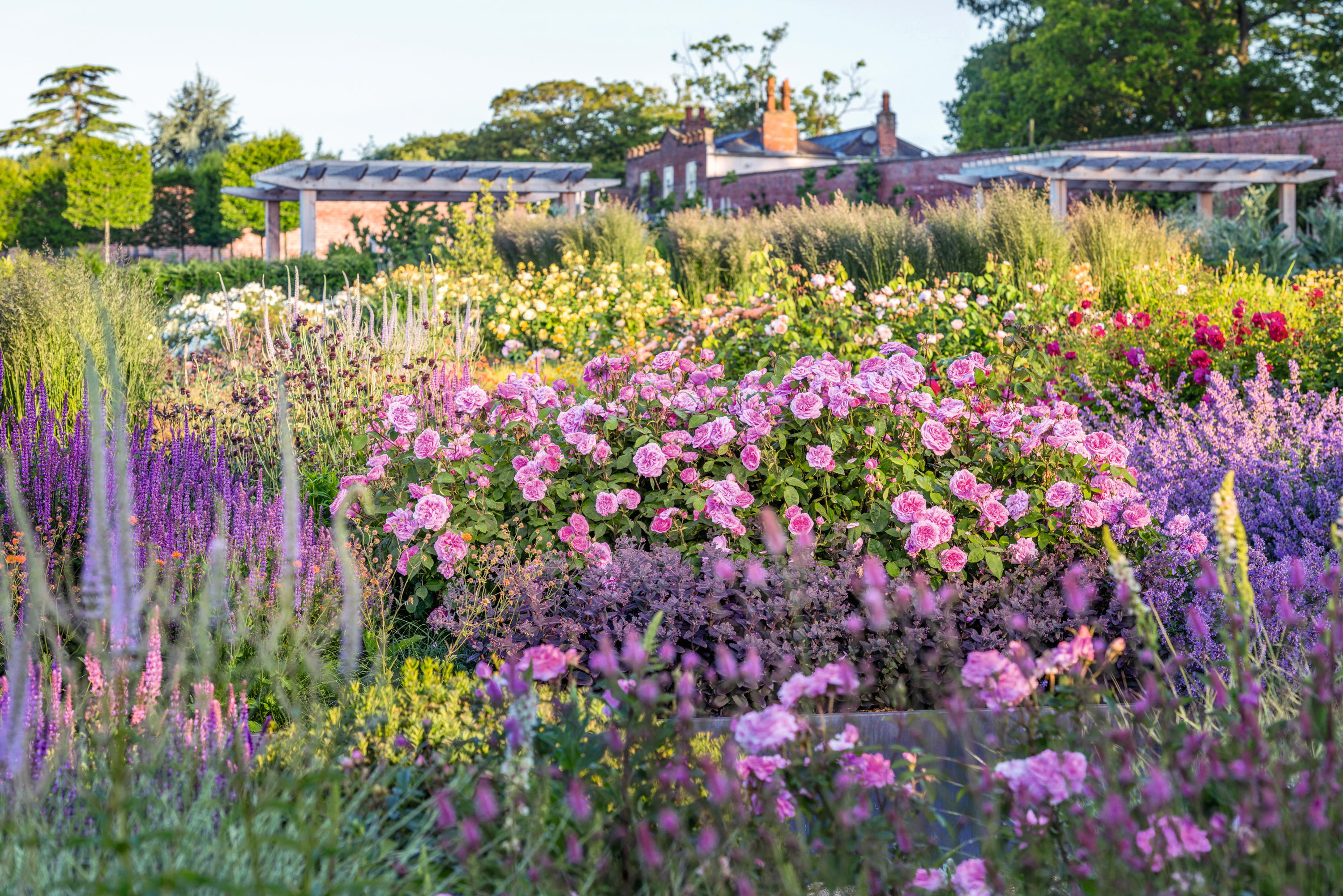 How Harper Beckham created the perfect gardener's birthday present for her father's 50th — with a little help from David Austin Roses
How Harper Beckham created the perfect gardener's birthday present for her father's 50th — with a little help from David Austin RosesWhen Harper Beckham wanted to commission a rose for her father’s birthday, there was only one man for the job, says Charles Quest-Ritson, as he takes a closer look at the science behind creating a new David Austin bloom.
-
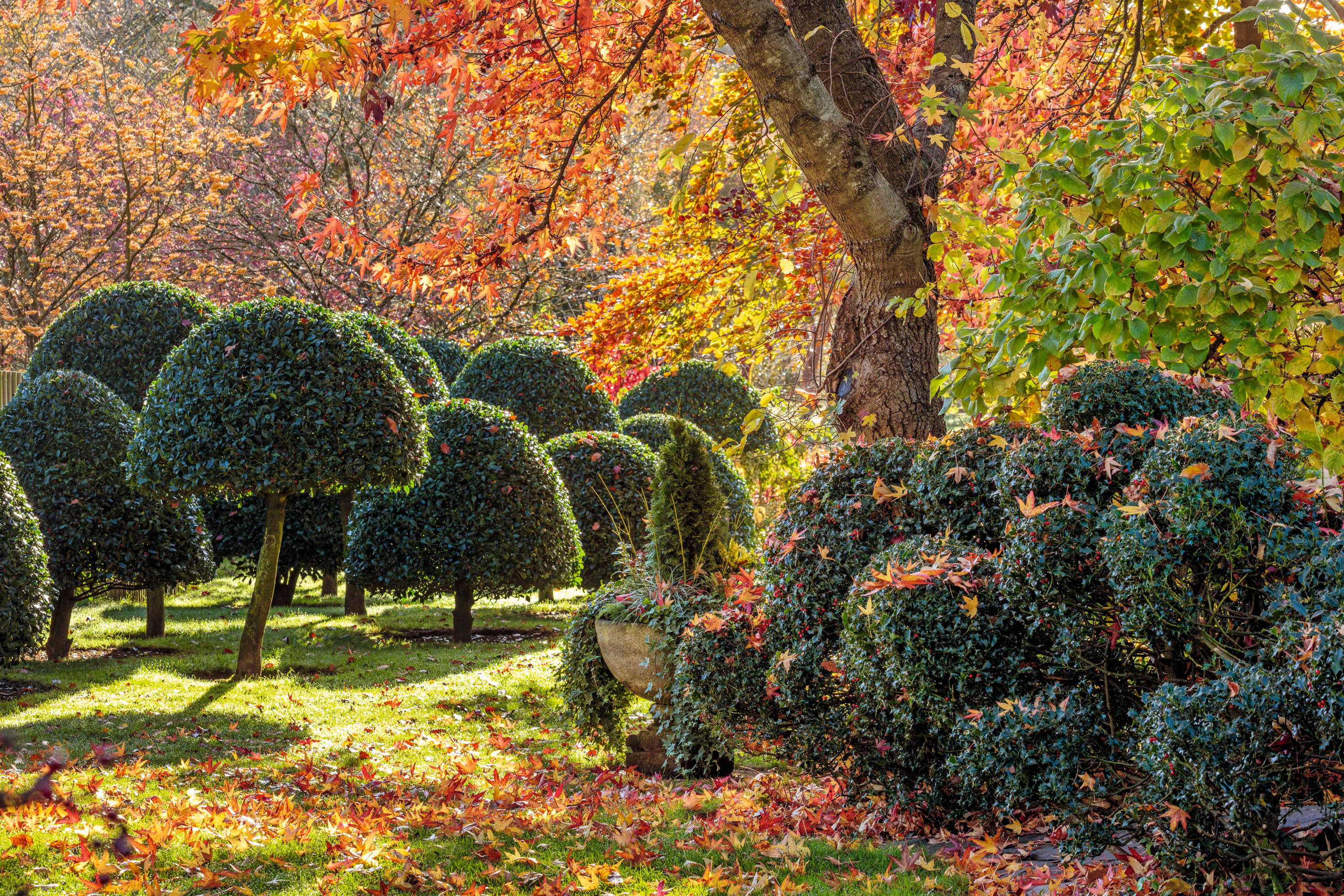 'You could walk round it every day and always notice something new': A private tour of the garden of multiple Chelsea gold medallist John Massey
'You could walk round it every day and always notice something new': A private tour of the garden of multiple Chelsea gold medallist John MasseyInspired by his friends Christopher Lloyd and Princess Greta Sturdza, nurseryman and plant breeder John Massey has made a garden in Worcestershire that never ceases to delight, writes Charles Quest-Ritson. Photographs by Clive Nichols
